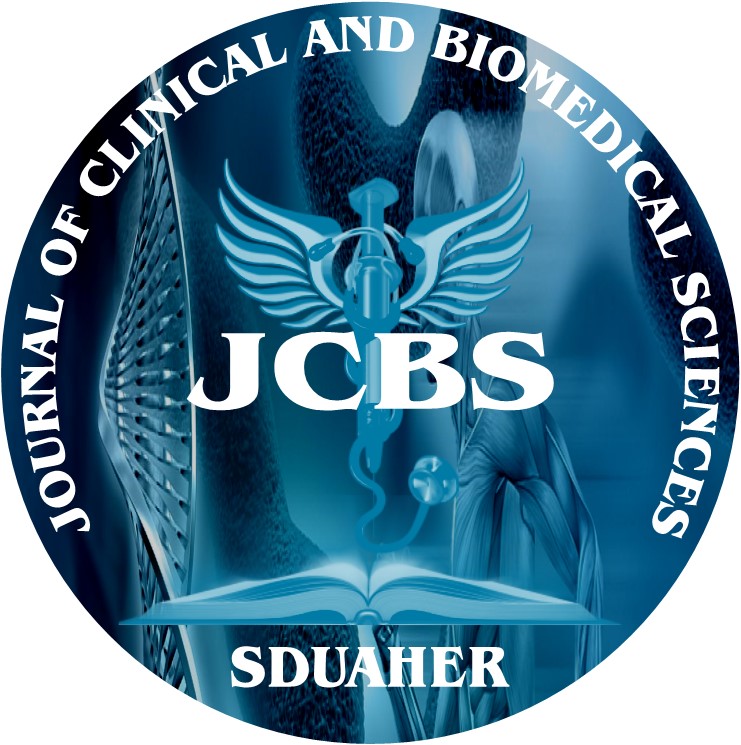


Journal of Clinical and Biomedical Sciences
Year: 2014, Volume: 4, Issue: 4, Pages: 361-364
Original Article
Shubham Agarwal, C S B R Prasad, Harendra Kumar M L*, Uday Kumar
Department of Pathology, Sri Devaraj Urs Medical College, Kolar, Karnataka. India.
*Corresponding Author
E mail : [email protected]
Background: Coagulopathy is a common manifestation in cases of snake bite and its abnormality can be detected by blood coagulation tests. There are very few references in the literature related to coagulation parameter abnormalities after snake bite, evaluation of their seriousness and the length of the follow up period. Therefore we have undertaken this study to throw some light on the need of various coagulation tests and the duration of safe observation period after a suspected snake bite. Methods: 53 patients who experienced snake bite were enrolled in this study. Blood was drawn by a 23 guage needle with syringe into K3EDTA and 3.2% sodium citrate vacutainers. The plasma was then aliquoted in ependoff tubes. The sample was analysed for complete blood counts and coagulation studies “PT, aPTT, TT and Fibrinogen” on admission and after 12 hours of admission to the hospital. Results: PT and APTT were prolonged in 14(26.4%) cases. Out of these 14 cases , 2 cases showed prolonged PT and APTT even after 12 hrs of admission. Thrombin time was prolonged in 17 cases (32%). Out of these, 3 cases were prolonged even after 12 hrs of admission. Fibrinogen concentration was decreased in 6 (11.3%). Conclusion: First line of coagulation markers (PT, APTT, fibrinogen and thrombin time) should be considered as first line of investigations for any suspected coagulation abnormality in snake bite patients and 12 hrs was the safe period to rule out any complications following envenomation.
Key words: snake bite , coagulation markers , PT, aPTT, TT, Fibrinogen.
Subscribe now for latest articles and news.